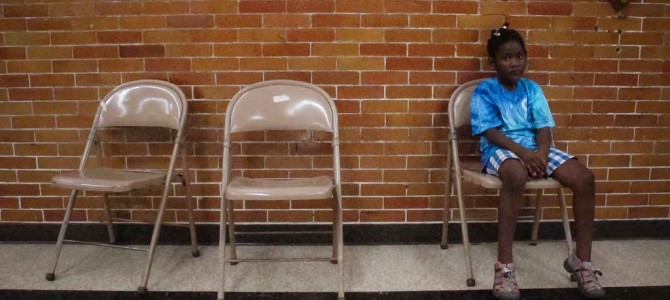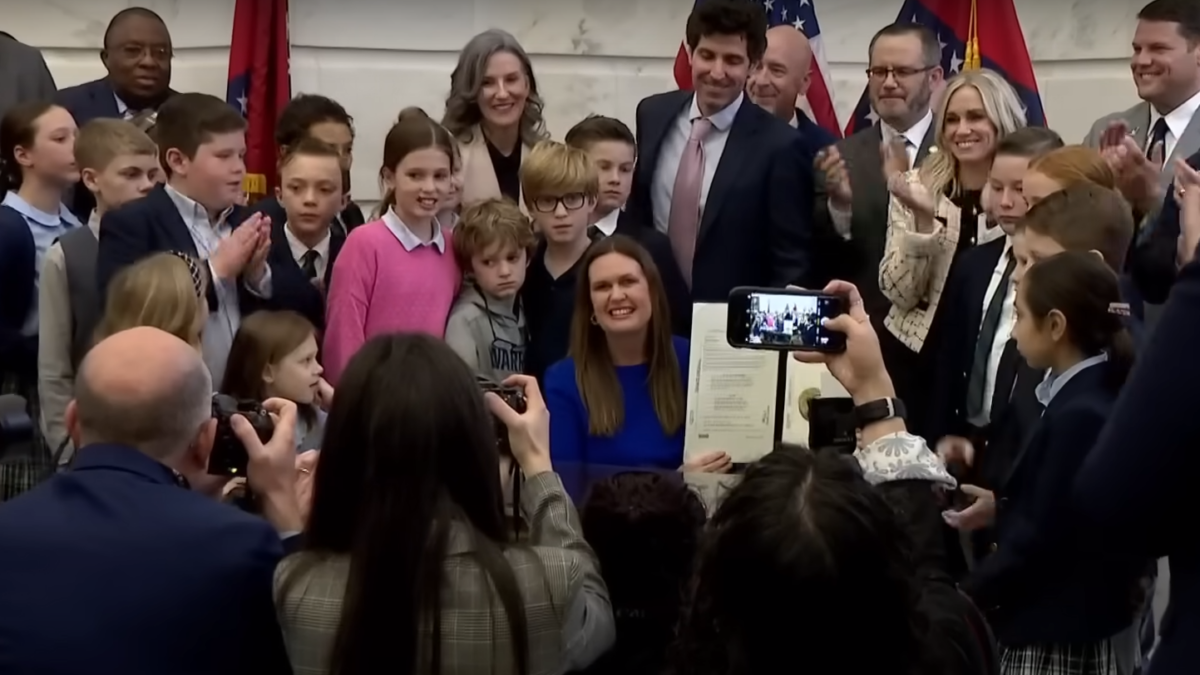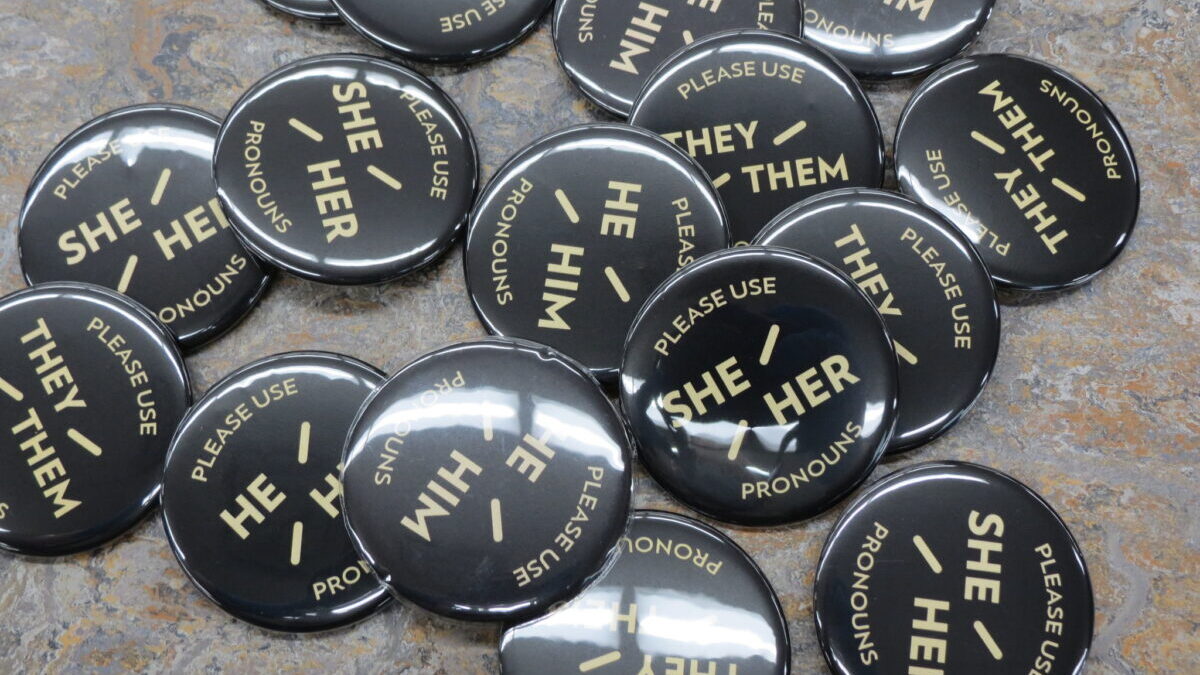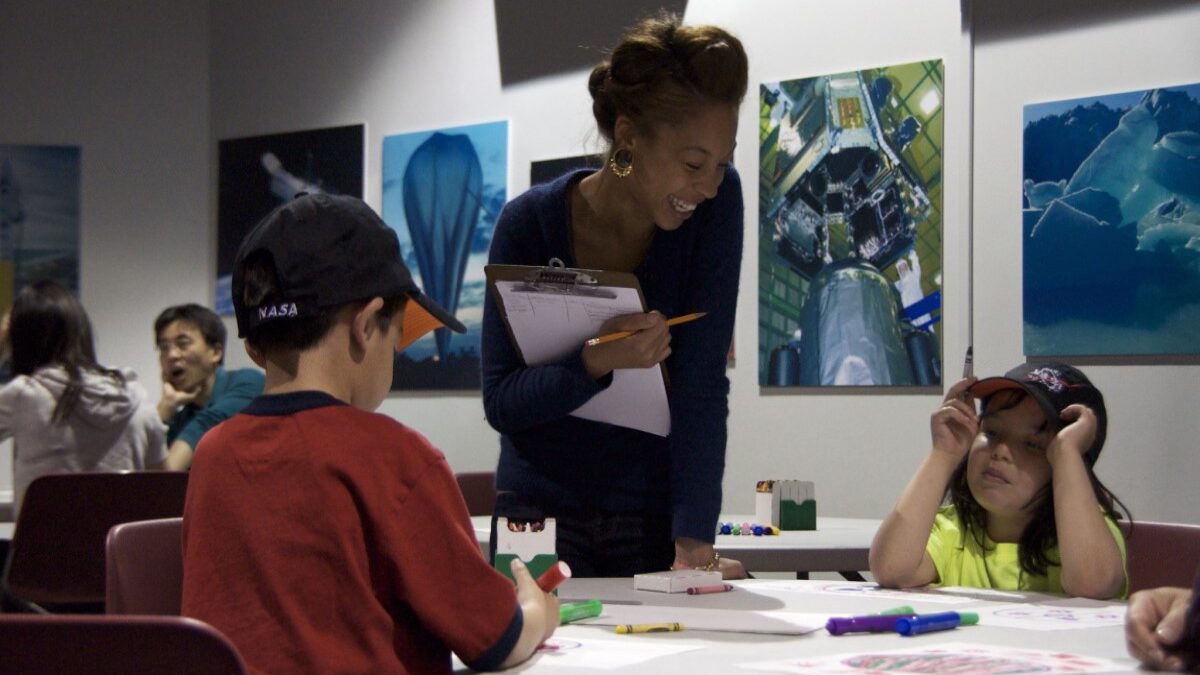
At one point in “You’ve Got Mail,” Tom Hanks’ character Joe Fox, a diehard New Yorker and deep-down sentimental guy (despite being the big, bad, homogenized, super-center-loving W-O-L-F) writes online to his love-interest: “Don’t you love New York in the fall? It makes me want to buy school supplies.” Who can blame him? In the fall New York boasts crisp air, colorful leaves, and the anticipation of a cozier season. What’s more, who doesn’t love a new backpack, a “bouquet of sharpened pencils,” and a shiny Spiderman lunchbox? Those can make anything—even education—sound exciting. This year, like the back to school seasons before, I watched my friends, neighbors and colleagues prepare for school with all the hustle and bustle as the years previous. But, as always, the sheen wears off within a few weeks, leading to everything from minor hiccups to major setbacks. This year was no exception.
“How’s Jessie been doing in school?” I recently asked my friend, whose daughter has just started kindergarten. She grimaced.
“Rough. She cried every day for the first week. She’s having trouble with some kids in her class and school is just plain hard for her.” After catching up with another friend, she had only a slightly different reply to the same question. Her five-year-old son, Jackson, struggled to wake so early for school and came home one day saying another child had been rewarded with a piece of candy for correctly writing all her letters while he and the remainder of the class had been left fumbling for guidance. She went on to describe how he and his classmates are frustrated when asked to write for 15 minutes because they haven’t had enough instruction on how to write well yet.
Recently another friend described how she pulled her second-grade son out of public school because he was consistently bullied and fell behind on certain subjects because he received little instruction from his teacher. For weeks, many parents and kids have been looking forward to school, yet well before fall break, both are frustrated and disappointed.
We Were In the Same Boat
I understand this. By the time my son turned three, my freelance career had really started picking up. I plopped him into a local preschool and, between carpool and caring for his two younger sisters, wrote articles for various publications. I dreamed of the day I’d spend several hours writing at Starbucks before heading home just in time to meet the kids at the school bus.
Then I started researching our local public schools. While they offered many extracurricular and social activities, statistics showed they wouldn’t provide as rigorous an academic framework as my husband and I wanted. Although students in schools where I live typically score higher than the national average, a 2013 study shows average scores in math and reading among twelfth graders surveyed hadn’t improved at all since they had been last reviewed in 2009. Just 26 percent were at or above proficient in math, and 38 percent were proficient in reading. Another 2012 study showed that U.S. students rank below average in math among the world’s most-developed countries (behind 29 other countries). Even Advanced Placement classes pale to what most private schools boast as everyday curriculum. Right now, we can’t afford the $10,000 price tag—times four—of private school. And lots of other families are in the same situation. This year’s Schooling in America survey repeated an annual finding: A plurality of Americans, at 40 percent, would send their child to private school if they could afford it. Even so, only 9 percent of U.S. K-12 students attends private school.
Not everyone can feasibly make the choice we did because of finances, work and familial obligations, or health reasons, but we could. So we decided to take the leap. Now I’ve homeschooled for three years and the advantages, for someone in my position, continue to outweigh the disadvantages. Our four-to-one ratio is the biggest boon. I know exactly which subjects my kids struggle with and their particular learning styles, and can further develop their interests and strengths—all at the most efficient pace for them. For example, although my seven-year-old is above his grade level in most subjects, enjoys science and math, and has the reading comprehension of a sixth grader, reading itself hasn’t clicked yet. We spend an hour or more every day, one-on-one, on language arts. In a classroom he’d either be behind or have been given a label too soon. My daughter loves art, so she attends an art co-op, an art class, and creates even more at home when she’s completed her core subjects.
Overall, It’s a Good Life
It’s an old way, sure, but just because it’s old doesn’t mean it’s outdated or ineffective. Look at your money: All those guys were educated at home. (According to a 2009 study, students educated at home score on average 37 percentile points higher than their public school peers on standardized achievement tests.)
We happen to live near Washington DC, so instead of hitting one great museum a semester like many kids do at a traditional school, we go on dozens of field trips a year at places like Monticello (President Jefferson’s home), Mount Vernon (President Washington’s home), and Williamsburg—all of which set aside days just for homeschoolers. These activities and several co-ops (regular classes typically led by parent volunteers or in some cases paid tutors) with which we participate allow my children to learn in a natural, hands-on setting and enjoy their friends and social activities—simultaneously busting two of the biggest homeschool myths. As for high school—we’ll take it a year at a time, just like most families. (It’s not a long shot to assume I’ll have written a best-selling book by then which will fund private school, is it?)Of course, there are downsides for both of us. Like being with all my children all the live-long day. Like choosing to get groceries at night when my husband is home because I’d rather gouge my eyeballs out with a fork than take four kids younger than seven to a grocery store. Like hustling my kids, after several school hours, to electives and extra-curricular sporting, music, and fine arts events all over kingdom come because there are limits to what I can teach. Like getting a great tip for a story or a fabulous writing idea and not getting to it until it’s cold, dead, and practically rotting because I’ve been blowing up a “volcano” with vinegar and baking soda with my science-loving second grader (it somehow never gets old).
See, I have cognitive dissonance in many areas of my life, such as my desire to slide comfortably into a pair of size-six jeans and my love for chocolate soufflé, but I rarely experience it when it comes to my kids’ education. So far the traditional school systems fail to meet the standards I have for my children, both in terms of education and morals. Thus it’s my duty as a parent—and most days it’s truly a calling, given the amount of effort and patience required—to close the gap between what I want and what I see until something shifts. My beliefs match my reality. These things—statistics and status-quo; calling and core values; duty and daily application—sustain us.
When I weave these threads together (at this stage in my life, at least) I come up with a tapestry that works for our family. The edges are frayed and the color faded from kinks and the occasional strain, but there is a kind of tight-woven wholeness that develops when learning and living, seeing and doing, obeying and disobeying, modeling and apologizing—teaching, playing with, and enjoying our children—all happen within our home.
Whenever I’m asked about the kids’ education and give an explanation similar to this, I always get the same response: “I could never do that.” Not only is that observation self-centered, irrelevant and prosaic, the good news is, you don’t have to. I’m the only one responsible for my kids’ education; you’re the only one responsible for yours. Are my kids all going to grow up to be knowledgeable, kind, independent, well-adjusted adults? Who knows. I hope so. And I hope yours do, too. Until we find out, I also hope we can labor side by side, supporting and learning and enjoying one another’s kids. And until you beat the back-to-school blues, you can come to my house for drinks anytime. After school and after I’ve had a chance to hit the grocery store, of course.









